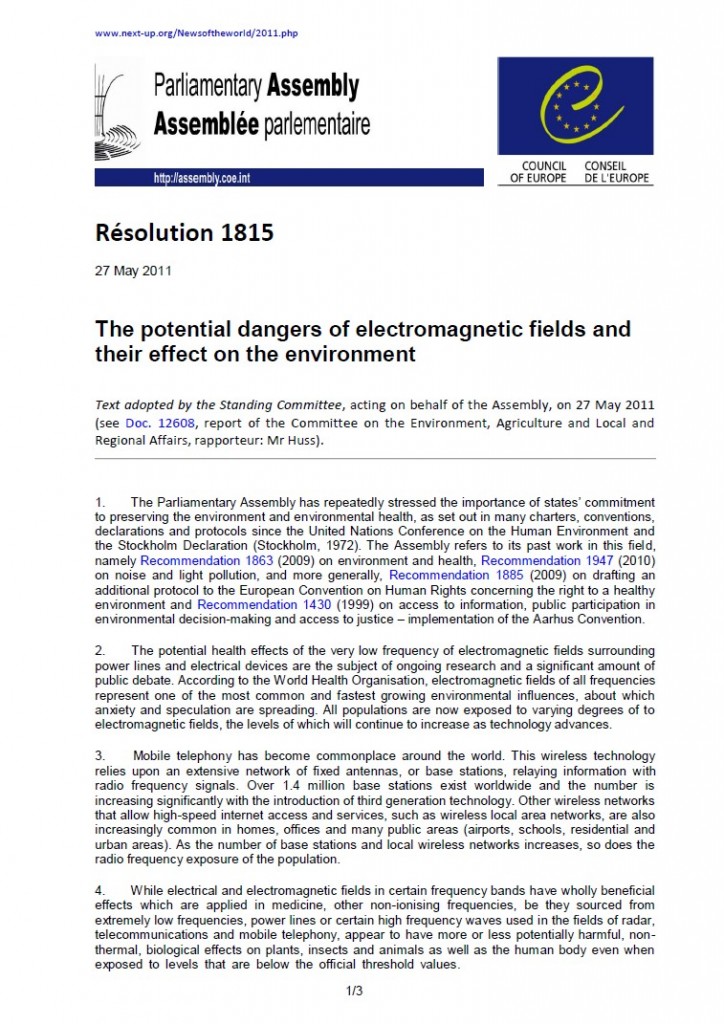Portada del sitio > Fauna > GSM Base Station Electromagnetic Radiation and Oxidative Stress in (...)

GSM Base Station Electromagnetic Radiation and Oxidative Stress in Rats
Sábado 16 de septiembre de 2006 · 2043 lecturas
Electromagnetic Biology and Medicine (formerly Electro- and Magnetobiology)
Publisher: Taylor & Francis
Issue: Volume 25, Number 3 / 2006
Pages: 177 - 188
URL: Linking Options DOI: 10.1080/15368370600875042
GSM Base Station Electromagnetic Radiation and Oxidative Stress in Rats
Ali Ihsan Yurekli A1, Mehmed Ozkan A2, Tunaya Kalkan A3, Hale Saybasili A2, Handan Tuncel A3, Pinar Atukeren A4, Koray Gumustas A4, Selim Seker A5
A1 Tubitak-Uekae, EMC TEMPEST Test Center, Gebze-Kocaeli, Turkey
A2 Bogazici University, Institute of Biomedical Engineering, Istanbul, Turkey
A3 Cerrahpasa Medical Faculty, Biophysics Department, Istanbul University, Istanbul, Turkey
A4 Biochemistry Department, Cerrahpasa Medical School, Istanbul University, Istanbul, Turkey
A5 Faculty of Engineering, Electrical-Electronics Engineering Department, Bogazici University, Istanbul, Turkey
Abstract:
The ever increasing use of cellular phones and the increasing number of associated base stations are becoming a widespread source of nonionizing electromagnetic radiation. Some biological effects are likely to occur even at low-level EM fields. In this study, a gigahertz transverse electromagnetic (GTEM) cell was used as an exposure environment for plane wave conditions of far-field free space EM field propagation at the GSM base transceiver station (BTS) frequency of 945 MHz, and effects on oxidative stress in rats were investigated. When EM fields at a power density of 3.67 W/m2 (specific absorption rate = 11.3 mW/kg), which is well below current exposure limits, were applied, MDA (malondialdehyde) level was found to increase and GSH (reduced glutathione) concentration was found to decrease significantly (p < 0.0001). Additionally, there was a less significant (p = 0.0190) increase in SOD (superoxide dismutase) activity under EM exposure.







